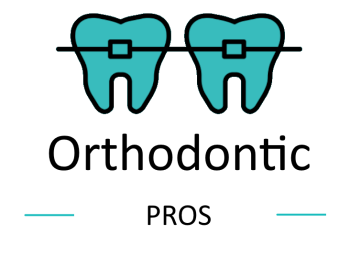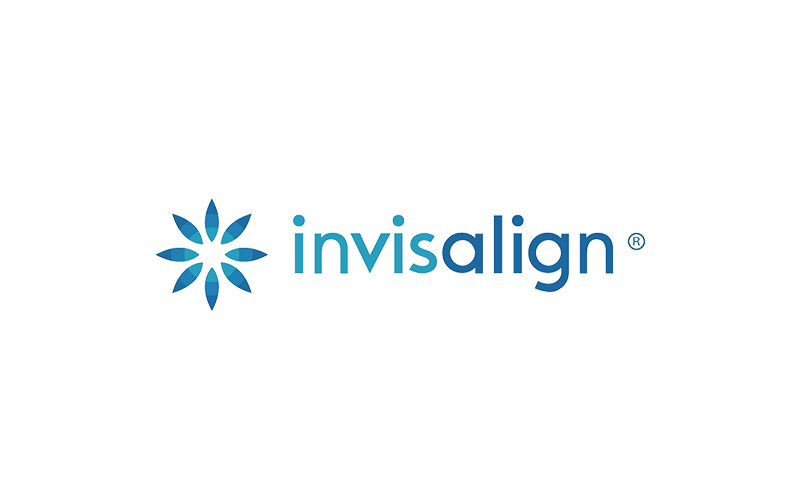Table of Contents
 Are you bothered by an underbite that affects the appearance and function of your smile? Discover how addressing an underbite can enhance your facial aesthetics and improve your oral health and overall well-being. This article will explore the causes of underbites and the available treatment options.
Are you bothered by an underbite that affects the appearance and function of your smile? Discover how addressing an underbite can enhance your facial aesthetics and improve your oral health and overall well-being. This article will explore the causes of underbites and the available treatment options.
An underbite is a dental disorder in which the lower jaw extends beyond the upper teeth. Underbite can range from minor to severe, with the lower jaw overlapping the upper jaw and the teeth failing to meet effectively due to a substantial gap.
What Causes an Underbite?
Several factors can contribute to the development of an underbite. Here are some of the causes of underbite.
Genetics
The development of an underbite is more likely to occur if there is a family history of the condition. Genetics play a role in shaping the jaws and teeth, affecting their size and alignment, which can contribute to developing an underbite. Some individuals may be born with teeth that are closely spaced, impacted, abnormal in shape, or have a mismatch in how the upper and lower teeth fit together (overjet). Additionally, conditions such as hypodontia, where not all teeth develop, can also contribute to the development of an underbite.
Childhood Habits
Some childhood habits can contribute to the development of an underbite. These habits are:
- Thumb sucking
- Tongue thrusting
- Pacifier use
- Bottle feeding
- Mouth breathing
- Incorrect swallowing patterns
Injury
Severe injuries can permanently damage the jawbones, which may require surgical realignment. However, even with treatment, the jaws may not fit properly.
Tumors
Tumors in the jawbones or mouth can cause the jaws to protrude, leading to an underbite.
Types of Underbites
There are two types of underbites.
Skeletal underbite refers to a condition where the lower jawbone protrudes forward, causing the lower teeth to overlap the upper teeth. An imbalance in the size and position of the upper and lower jaws primarily causes it.
Dental underbite occurs when the teeth are misaligned, causing the lower teeth to sit in front of the upper teeth when the jaws are closed. This underbite is typically due to tooth overcrowding or misalignment rather than issues with the jawbones.
What issues does an underbite cause?
Beyond its cosmetic implications, an underbite poses oral health concerns, according to the American Dental Association (ADA). The severity of the condition correlates with potential issues including.
- Difficulties in chewing and biting
- Tooth wear and damage
- Temporomandibular joint (TMJ) disorders
- Speech challenges
- Increased susceptibility to gum disease
- Tooth decay
- Dental and facial pain
- Prognathism
How to Treat an Underbite
Misaligned teeth, including underbites, are prevalent among both children and adults. While mild cases may not require treatment, severe underbites can provide substantial benefits for individuals who seek treatment to correct the condition.
Below are some of those benefits:
- Improved chewing and biting functionality
- Enhanced speech and pronunciation
- Reduced risk of dental complications, such as tooth decay and gum disease
- Enhanced facial aesthetics and symmetry
- Increased self-confidence and improved self-esteem
- Prevention of future oral health problems associated with an untreated underbite
The only way to treat this condition is to have it aligned by a professional. Fixing this condition requires the services of an orthodontist.
Braces – The most common orthodontic treatment for underbite is dental braces, which can be noticeable when speaking or smiling. However, clear aligners solve this issue, as they are discreet and less noticeable.
Appliances – Custom-made appliances can treat underbite, although they can be more noticeable and potentially uncomfortable than braces. Orthodontists may recommend this therapy when it is necessary for correcting the condition.
An example of an orthodontic appliance used for underbite is the full reverse facemask, similar to orthodontic headgear, and wraps around the head. This appliance involves attaching metal bands to the upper back teeth to pull the upper jaw into proper alignment gently.
The upper jaw expander is another form of dental device that is put over the rear teeth in the upper jaw and has a screw in the center. Its goal is to enlarge the upper jaw, increase the dental arch, and realign the teeth within the bone. However, its effectiveness depends on the specific condition of the maxilla and mandible.
Tooth Extraction – To address an underbite caused by an overcrowded lower jaw, tooth extraction may be recommended. By removing excess lower teeth, the alignment of the teeth and the bite can be improved, allowing for a more natural and harmonious occlusion.
Surgery – Surgery for underbite correction is usually reserved as a last resort after the orthodontist has tried all other treatment options and determined that they are unsuccessful. In most circumstances, surgery is not required to address an underbite and is only performed when essential. Individual events and the orthodontist’s advice influence the choice to have surgery.
Orthognathic surgery involves separating the jawbones and making personalized modifications to modify jaw alignment, and it can be performed as an example of surgical treatment for correcting an underbite. In cases where an individual has both an underbite and cleft lip/cleft palate, the healthcare team may perform surgery to address the cleft condition before proceeding with underbite treatment.
Overbite Vs Underbite
An overbite occurs when the upper teeth overlap the lower teeth excessively while the mouth is closed. It is generally caused by a smaller lower jaw relative to the upper jaw. On the other hand, an underbite is a dental condition where the lower jaw extends beyond the upper jaw, causing the lower teeth to overlap or sit in front of the upper teeth. This can lead to an imbalance in the bite and a prominent lower jaw or chin.

